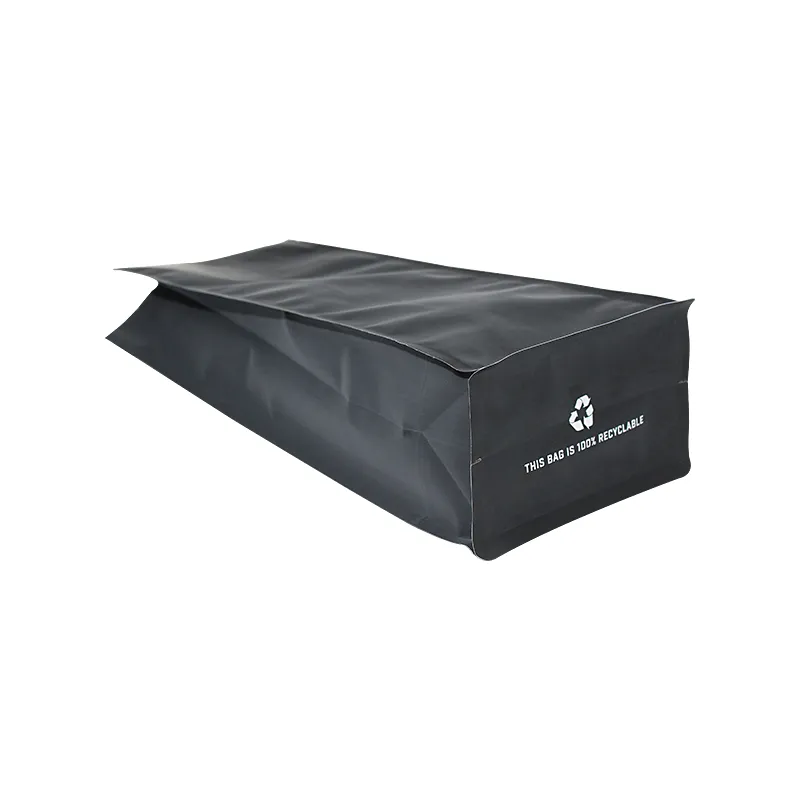- Afrikaans
- Albanian
- Amharic
- Arabic
- Armenian
- Azerbaijani
- Basque
- Belarusian
- Bengali
- Bosnian
- Bulgarian
- Catalan
- Cebuano
- chinese_simplified
- chinese_traditional
- Corsican
- Croatian
- Czech
- Danish
- Dutch
- English
- Esperanto
- Estonian
- Finnish
- French
- Frisian
- Galician
- Georgian
- German
- Greek
- Gujarati
- haitian_creole
- hausa
- hawaiian
- Hebrew
- Hindi
- Miao
- Hungarian
- Icelandic
- igbo
- Indonesian
- irish
- Italian
- Japanese
- Javanese
- Kannada
- kazakh
- Khmer
- Rwandese
- Korean
- Kurdish
- Kyrgyz
- Lao
- Latin
- Latvian
- Lithuanian
- Luxembourgish
- Macedonian
- Malgashi
- Malay
- Malayalam
- Maltese
- Maori
- Marathi
- Mongolian
- Myanmar
- Nepali
- Norwegian
- Norwegian
- Occitan
- Pashto
- Persian
- Polish
- Portuguese
- Punjabi
- Romanian
- Russian
- Samoan
- scottish-gaelic
- Serbian
- Sesotho
- Shona
- Sindhi
- Sinhala
- Slovak
- Slovenian
- Somali
- Spanish
- Sundanese
- Swahili
- Swedish
- Tagalog
- Tajik
- Tamil
- Tatar
- Telugu
- Thai
- Turkish
- Turkmen
- Ukrainian
- Urdu
- Uighur
- Uzbek
- Vietnamese
- Welsh
- Bantu
- Yiddish
- Yoruba
- Zulu
how many times paper can be recycled
How Many Times Can Paper Be Recycled?
Paper recycling is an essential component of sustainable waste management and environmental conservation. As we become increasingly aware of the importance of recycling, a common question arises how many times can paper be recycled? The answer to this question involves understanding the recycling process, the types of paper, and the properties of the fibers involved.
The recycling process for paper begins with the collection of used paper products, which are then sorted based on their type and quality. After sorting, the paper is pulped, which involves mixing it with water and chemicals to break it down into a slurry of fibers. This slurry can then be processed to separate contaminants and remove ink, allowing the fibers to be reused in the production of new paper products.
How Many Times Can Paper Be Recycled?
However, the specific number of times paper can be recycled can vary based on the type of paper and the recycling methods employed. For instance, high-quality papers, such as those used for printing or writing, tend to have longer fibers compared to lower-quality papers, such as newspaper or cardboard. Therefore, they may withstand more recycling cycles before losing their viability. Additionally, advances in recycling technologies continue to improve the recycling process, potentially increasing the number of times paper can be effectively reused.
how many times paper can be recycled

One important factor that influences the recyclability of paper is contamination. Paper that is heavily contaminated with food, grease, or other substances can be more challenging to recycle. Contamination requires additional processing to remove impurities, which can further degrade the paper fibers. Therefore, it is crucial for consumers to ensure that their paper recycling efforts are as clean as possible, as this can significantly enhance the quality and quantity of recycled materials.
The environmental benefits of recycling paper are substantial. Recycling reduces the need for virgin materials, conserves energy, and decreases greenhouse gas emissions. Each ton of recycled paper can save approximately 3,700 kilowatts of electricity, 24,000 gallons of water, and 4,100 pounds of solid waste. By recycling paper, we contribute to a more sustainable future and help preserve natural resources.
To maximize the efficacy of paper recycling, individuals and businesses can adopt several strategies. First, being diligent about separating recyclable paper from non-recyclable materials can greatly enhance the purity of the recycling stream. Second, choosing to purchase products made from recycled materials can create a demand for recycled paper and encourage more sustainable practices in the paper industry. Lastly, reducing paper consumption through digital alternatives can minimize the overall demand for paper products, leading to lower rates of deforestation and less environmental impact.
In conclusion, paper can be recycled approximately five to seven times, depending on factors such as fiber quality and contamination levels. While each cycle may weaken the paper fibers, the positive impacts on the environment through recycling are profound. By understanding the recycling process and being responsible consumers, we can all play a part in promoting a more sustainable approach to paper use and contribute to the health of our planet. As we continue to explore innovative recycling technologies and sustainable practices, the potential for paper recycling will only grow, leading us toward a greener future.













